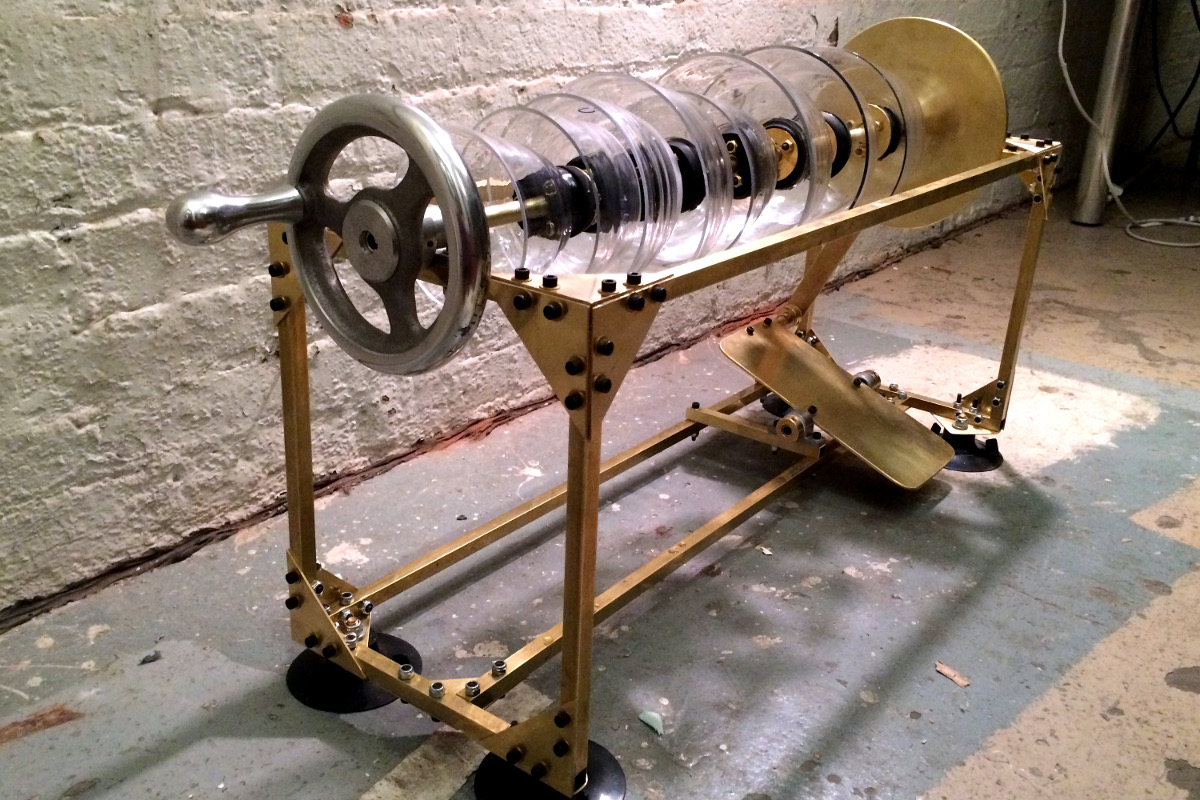Chrystallophone, for Aquasonic and Between Music
What if music evolved underwater? This is the question that led Denmark’s Between Music to create the Aquasonic project. They perform underwater in human-sized aquariums, playing in a sonic world that must be a lot like the first sounds we hear in the womb.
I designed two of their instruments. This one, the Crystallophone, is inspired by Benjamin Franklin’s glass armonica, but modified to play and live underwater. Glass and fingers work together underwater like a violin bow and string, making them a natural choice for a world in which music evolved in the oceans
Many thanks to Wayne Ashley and FuturePerfect Productions for including me in the project.
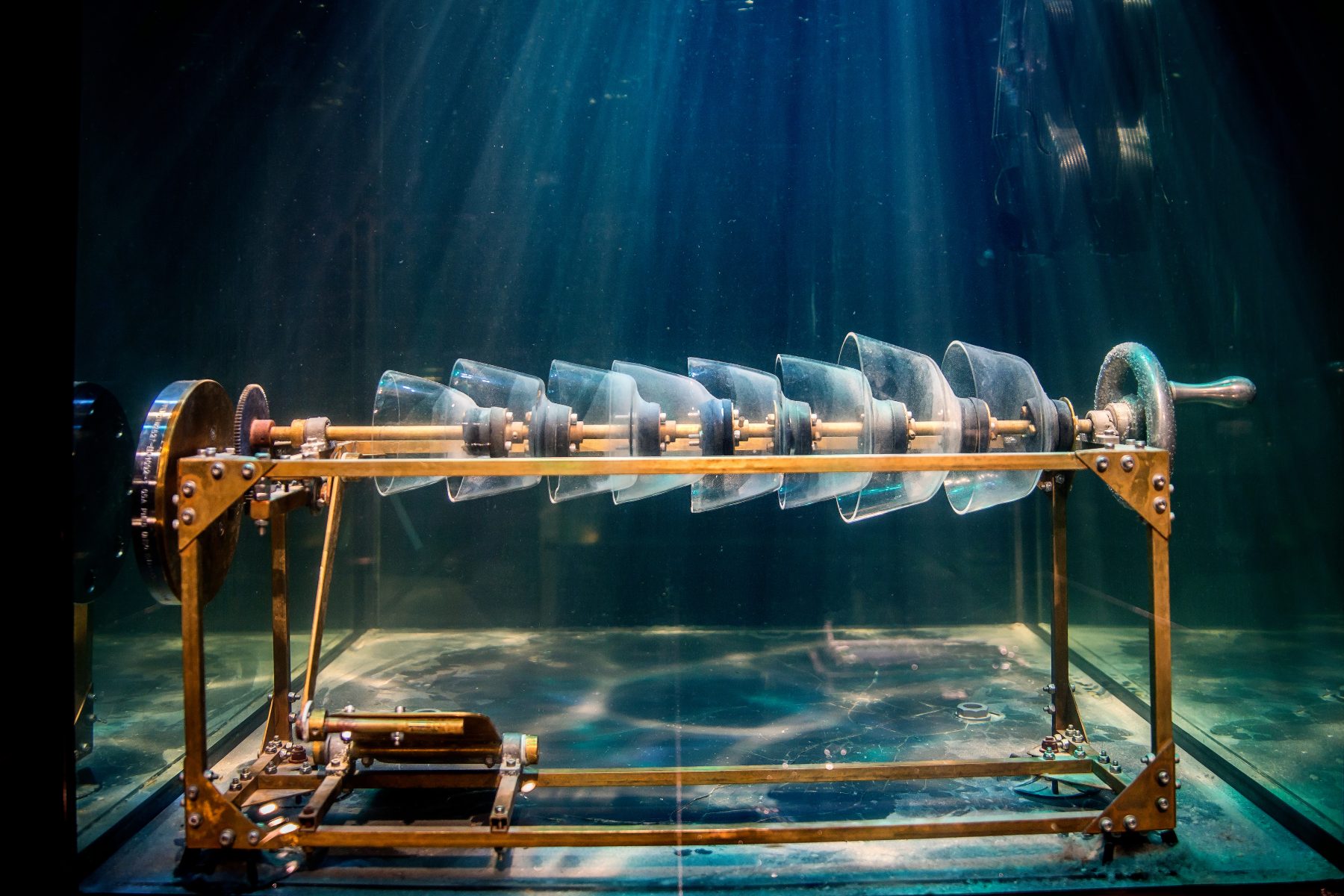
The full underwater setup for Aquasonic is utterly phantasmagorical.
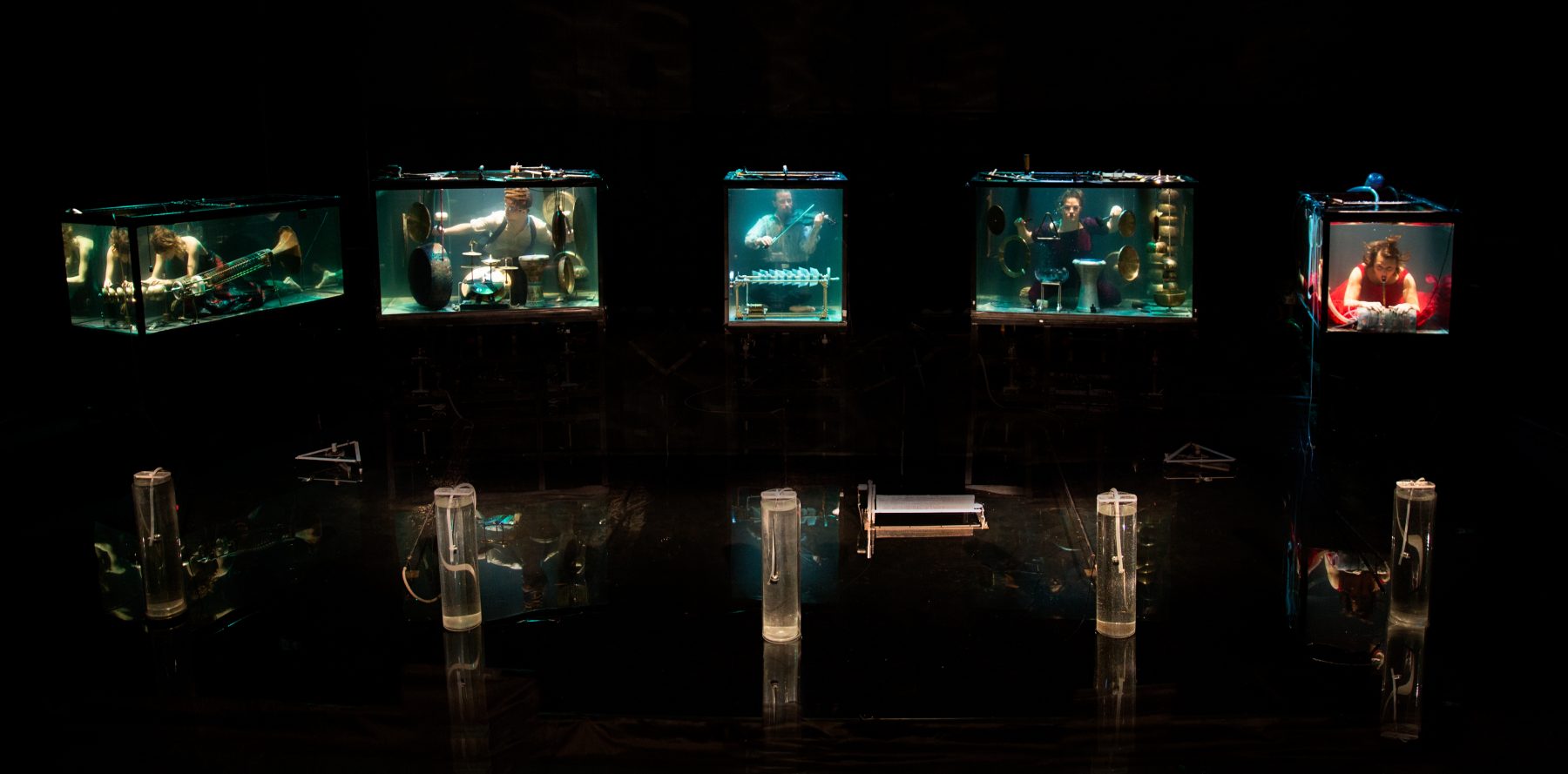
Studio Process
I know by now that I'm pathologically optimistic. Nothing is ever as easy as I expect. And still I make myself believe.
I found a company that specializes in creating custom laboratory glassware. And they also create glass armonica cups using pure quartz. So how hard could this be? It turns out it was plenty hard.
The acoustic challenges were the most confounding. The coupling and acoustic impedance. The vibrations of adjacent glass bowls would couple and interfere with their neighbors in unpredictable ways, pulling everything out of tune. Physical oscillators that ring separately in air were intimately intertwined underwater.
And the oscillators were coupled with even the water itself. Unlike in the air, underwater oscillators could only move freely in modes in which the whole mass of water itself could vibrate. And those vibrations were determined by not just the dimensions of each aquarium, but also the water temperature and its the mixture of gasses absorbed in the water. That may be been controllable in a NASA-like environment. But once you put a human in the tank, all bets are off.
I carefully tuned each quartz bowl in a large tank before I shipped the instrument to Between Music in Denmark. I learned too late that they all interact with each other, the water, and their tank. So there is no such thing as a neutral environment in which to tune them. This make it feel impossible to tune them. But lead Crystallophonist Robert Karlsson discovered he could fine-tune them easily by adjsting the spacing between the bowls.
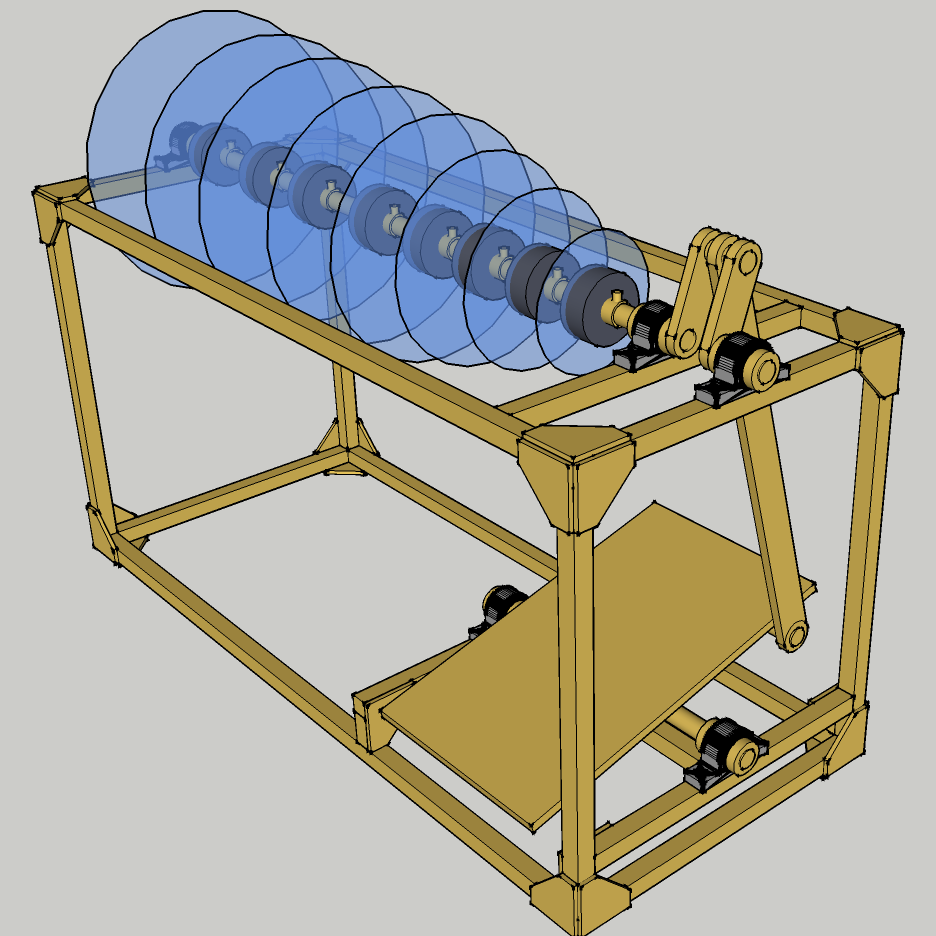
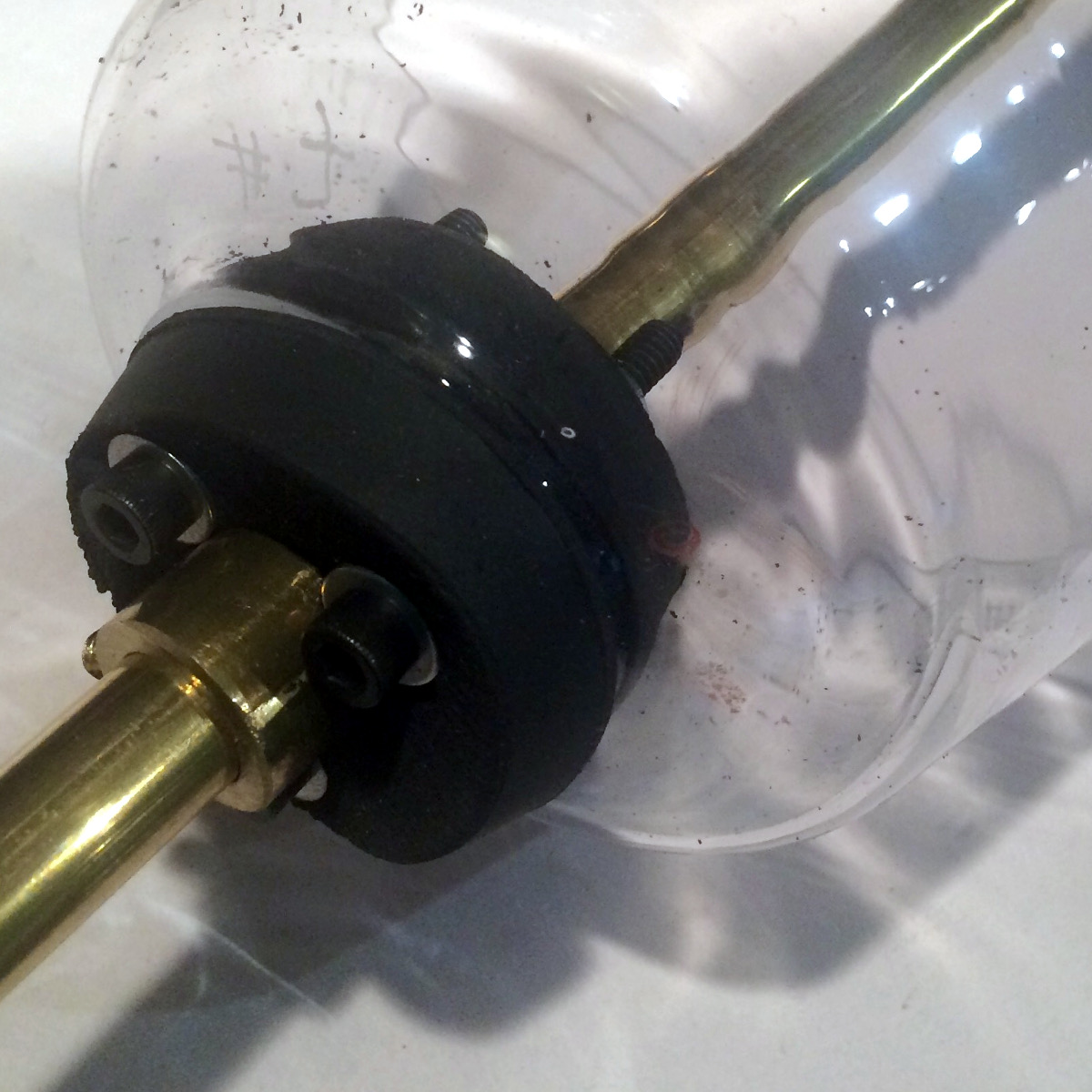
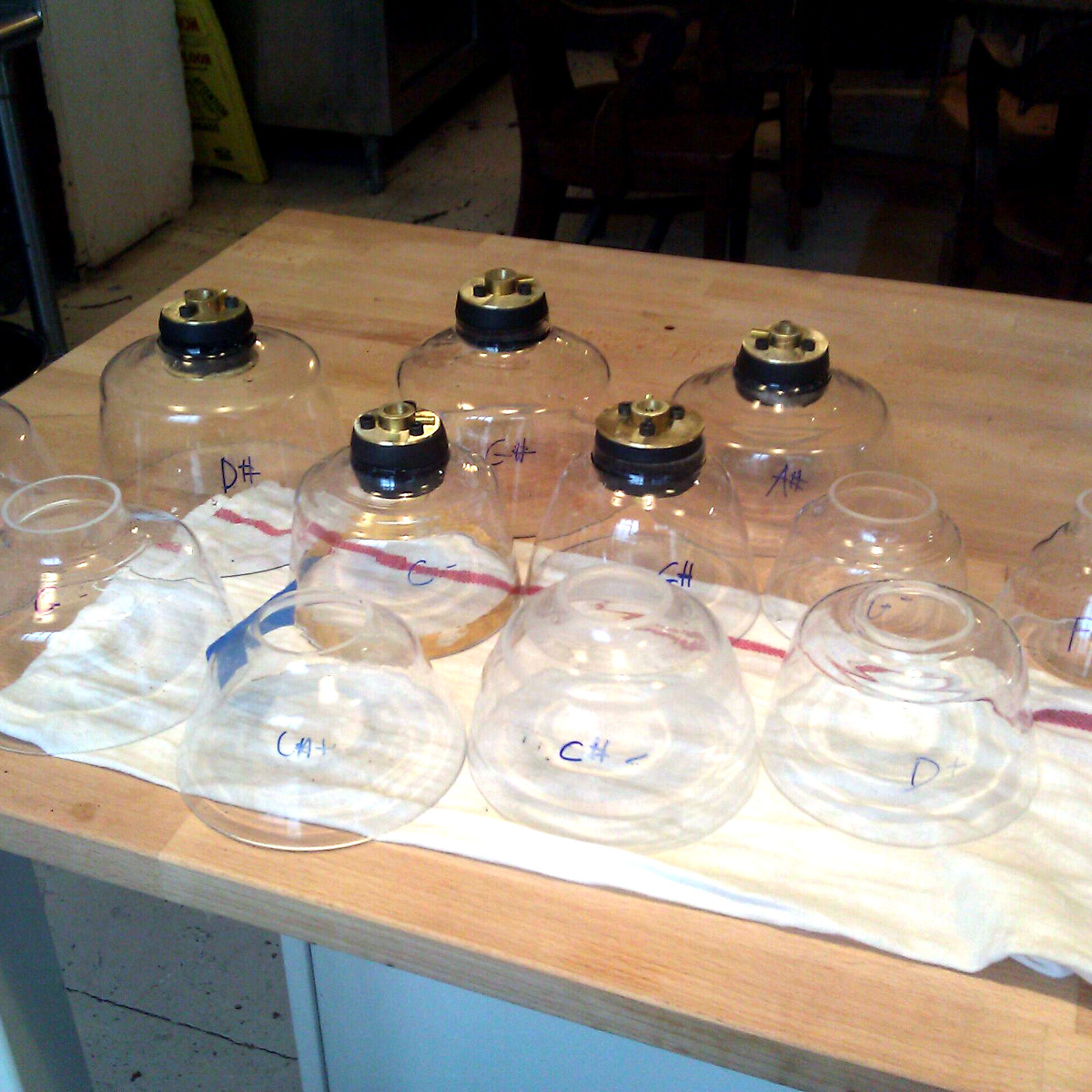
Here it is just before shipping, and before a lot of fine adjustment.
